How women and religious minorities together will impact the 2021 Bengal’s Assembly elections: the story of Nandigram
Will the marginalised make a difference in the West Bengal elections this time?
The Nandigram constituency in West Bengal’s East Midnapore district – 130 km from Kolkata – has become a focal point of the state’s Assembly election. The ruling party Trinamool Congress’ chief Mamata Banerjee, also the state’s chief minister, is contesting from Nandigram against her once close aide Suvendu Adhikari, who defected to the Bharatiya Janata Party (BJP). Adhikari is the elected lawmaker from Nandigram (and has subsequently resigned from the Legislative Assembly), who won on a Trinamool ticket in 2016, but is representing a different political party this time. Will his “positive contribution” as lawmaker hurt the Trinamool? Or will the “anti-incumbency” factor against Adhikari be a gain for the Trinamool Congress?
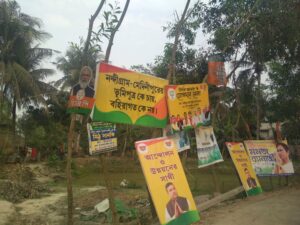
While these interesting twists may be most in discussion, that’s not the only reason Nandigram is politically significant for Bengal’s 2021 Assembly election. This seat has become a microcosm of Bengal politically, representing some of the most significant issues on which the election is being fought in the state.
And the most consequential of this is how a focus on the marginalised and voiceless may win the game for the Trinamool Congress. Religious and gendered minorities together – those trapped by inadequate and unequal social and political conditions in a country besieged by majoritarian politics – may perhaps make a difference in Bengal elections this time. This is a story of how it will reflect in a large number of seats (perhaps in a majority of the seats) in West Bengal, seen through the eyes of Nandigram.
Trinamool Congress won Nandigram in the 2009 byelection, 2011 and 2016 Assembly elections – with over 60 per cent votes in all the last three state elections. There are 2.57 lakh voters in the constituency with male: female ratio being 51:49, and the Hindu:Muslim ratio being 65:34. Do note that there are overlaps – one, Muslim women – who are doubly marginalised for being minorities and women – are included among female voters apart from being in the category of minority voters and two, Muslim men are part of minority votes but are also in the category of male voters. Also note that an impressive percentage of votes will go to the CPI(M)’s Meenakshi Mukherjee, but it will not change the argument being made here.
———————
Muslim voters
It is around 10 AM in Nandigram, and Sheikh Ghyasuddin is brewing tea in a small tea stall in Shamsabad of Nandigram block I. His son Sheikh Rabiul Islam runs a business of cutting and selling wood. As Ghyasuddin makes tea, his sons and neighbours relax and chat while sitting on a wobbly bench, and predict that Trinamool chief Mamata Banerjee will win this time. Is it a general feeling among all Muslims in Bengal vis-à-vis Nandigram, as they feel Banerjee can “protect” them by fighting the BJP?
“She will win because she has worked for the poor. Everyone, irrespective of their religion, get ration, they have got Kanyashree scheme and other benefits,” Ghyasuddin argued. “A majority of Hindus too feel that way,” he claimed.
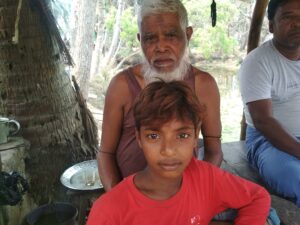
Trinamool Congress has taken four houses on rent in Nandigram for Mamata Banerjee and her senior party workers. While visiting one of these houses and another house owned by Sk Supiyan, Banerjee’s election agent, I hear talks among Trinamool workers on how Nandigram has become divided along religious lines “since Suvendu Adhikari became the BJP candidate”. One of them describes the dramatic change in his clothes and appearance since he joined the saffron party.
“Some of the kurtas he wears these days are short and loose, with tilak on his forehead, playing dhols and khols (double headed drums) during temple visits almost every day. A lot of his campaigns are centred around temple visits,” said a Trinamool Congress worker.
Mamata Banerjee too has visited several temples in Nandigram on the day she was injured in Nandigram on March 10. But Trinamool Congress leaders say that the party is consciously working on strategies to showcase the unity of religions and are worried that Adhikari’s “strategy” to win election “based on a sharp focus on religion” may lead to flare ups. They worked on plans around Doljatra and Holi to organise cultural programmes to spread messages of unity among religions in the area.
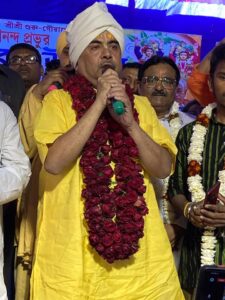
A “divide” along religious lines is very evident in Nandigram where Hindus and Muslims jointly formed a movement against the former Left Front government’s move to acquire 10,000 acre for a chemical hub in 2007.
Mahadeb Pal, a supporter of the BJP asks, bitterly, “Don’t we Hindus need to protect ourselves? All the benefits and grants are going to the Muslims. There are no jobs for Hindus.” He adds: “We need to oust Mamata Banerjee from Nandigram and the state to get back rights for the Hindus.”
Over the past few days, the BJP’s Nandigram campaign has been centred around the word “Pakistan” – in candidate Suvendu Adhikari’s speeches, party workers’ slogans, a polarisation has been evident. But if that has made the religious minorities in Nandigram more jittery, the religious majority vote in the constituency won’t be based on this factor alone.
There are marginalised among the religious majority too: and a lot of them have seen their lives changing over the past few years. How and why this has changed, and the impact this will have on the Bengal elections, may well be a matter of discussion in the coming days.
—————————————
Women voters
“Women in much of the world lose out by being women”. – Martha Nussbaum, Women and Human Development, the Capabilities Approach
One easily notices the natural “presence” of women in rural Bengal. Nandigram is no exception. I have felt the absence of women in several small towns and cities across the country. But here, one will find everywhere girls on bicycles on their way to school, women dressed up in colourful, freshly starched sarees waiting to catch a bus or toto (a battery driven local transport), arranging and selling vegetables in markets, or smoking bidis.
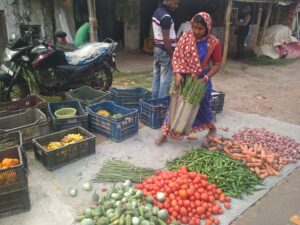
Kajol Sahu, a woman in her 60s, carries a calf for grazing. Sahu is gasping for breath, “I can’t carry her, though she is as light as a feather and only seven days old. You see, I am suffering from diabetes. Even if not from any disease, women suffer all their lives! Though things have changed from the time we were young.”
There are approximately 2.57 lakh voters in Nandigram constituency – with 1.33 lakh male and 1.23 lakh female voters. Uttam Bhuniya, who runs a sweets shop, said that the women “don’t consult their spouses or fathers” when it comes to choosing whom to vote for. He has three daughters and is happy that they will receive Rs 25,000 each under the Kanyashree scheme once they complete school. There are over 70 lakh beneficiaries, and over 2.14 crore sanctioned applications under this West Bengal government-run scheme till now.
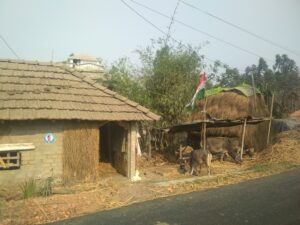
The ruling Trinamool Congress made a clever move even prior to their second term win in 2016 Assembly elections to address women voters, which form 49 per cent of the electorate. The government has offered women-friendly schemes like Kanyashree (that won a United Nations award) to reduce child marriage and dropout rates. Women are happy their daughters don’t become mothers before they turn 18 years – malnourished, abused in the in-laws’ house. They dream of pursuing higher education, taking up jobs, moving to cities. I met a woman in the Reyapara market who said her daughter was “foolish” to not complete school and lost out on the Kanyashree fund. “She eloped when was not even 18 years old. Now she has a child,” she said, waiting for transport after buying some medicines for the child who was unwell that day.
Apart from the various schemes for women for education, self-help groups and widows, Mamata Banerjee also recently announced Rs 500 to Rs 1,000 monthly allowance for women – a scheme which she said would give them dignity and respect. Bulu Manna, who makes idols along with husband Rampada by Nandigram’s Tekhali bridge, said that Banerjee has transformed the lives of many women. “We have long been considered dispensable, Didi has given us dignity. I also like to see a woman leading the state. Maybe the situation of idol-makers like my husband hasn’t changed a lot, but she has changed the lives of many women. We are not greedy, we wait for our turn,” said Bulu, adding that they are happy with free ration and house built with state government funds.
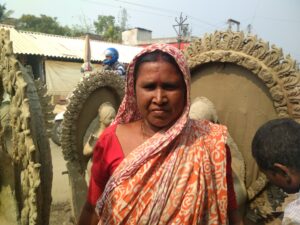
At Reyapara market, another woman – shy and not ready to disclose her name – after a long chat revealed that she and her daughter pursuing graduation will vote for Mamata Banerjee, but is “not sure what my husband will do”.
Aren’t men happy about these schemes for women’s welfare? I ask this question to a man in a shop who doesn’t want to disclose his name. I ask again. He just smiles and walks away. Are women voting differently (and with conviction, for a reason they are sure about) from the men in their homes also a part of a sociological change? Time will tell for sure. And away from the election jamboree that has been evident over the past one week Nandigram, there are women who divulge this in long, “secret” chats. Can, and should this be ignored in the BJP campaign blitzkrieg?
The BJP has kept a separate section on “women” in its manifesto for the Bengal elections – promising free education for all women, free transport in state buses, 33 per cent reservation in government jobs, allowances in various stages of school education, and so on. While the Trinamool has alleged that this is a “reactive” and not a “proactive” approach, the BJP promises to address women’s issues in the coming days. While the manifesto contains these “women-friendly” schemes, the party’s state BJP chief Dilip Ghosh made a crude remark on the Bengal CM a few days after its release, which he has confirmed and repeated, not regretted.
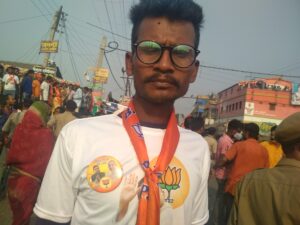
Is the Trinamool Congress’ conscious focus on the religious marginalised and the gender-based oppressed an electoral move? Is it a clever ploy to win elections? That question may also be framed differently: Is it not essential to take up policies for the welfare of those who need a bigger push by those in power to overcome years of oppression and unequal opportunities?
Is it a bit of all of these?
Mainstream politics viewing the marginalised as a political votebank ought not be seen as ethically wrong because after all, the framing of public policies involves identifying backward and disadvantaged groups, disparities and subordination on them in order to pull them out of the rut. For the past few years, the country has seen the struggle of the oppressed on questions of dignity, self respect and have wondered what could lead the way to their “inclusion” in the mainstream.
Can underdogs and expendables become game-changers?
[All photographs by Swati Sengupta, Suvendu Adhikari’s picture from his Facebook page]

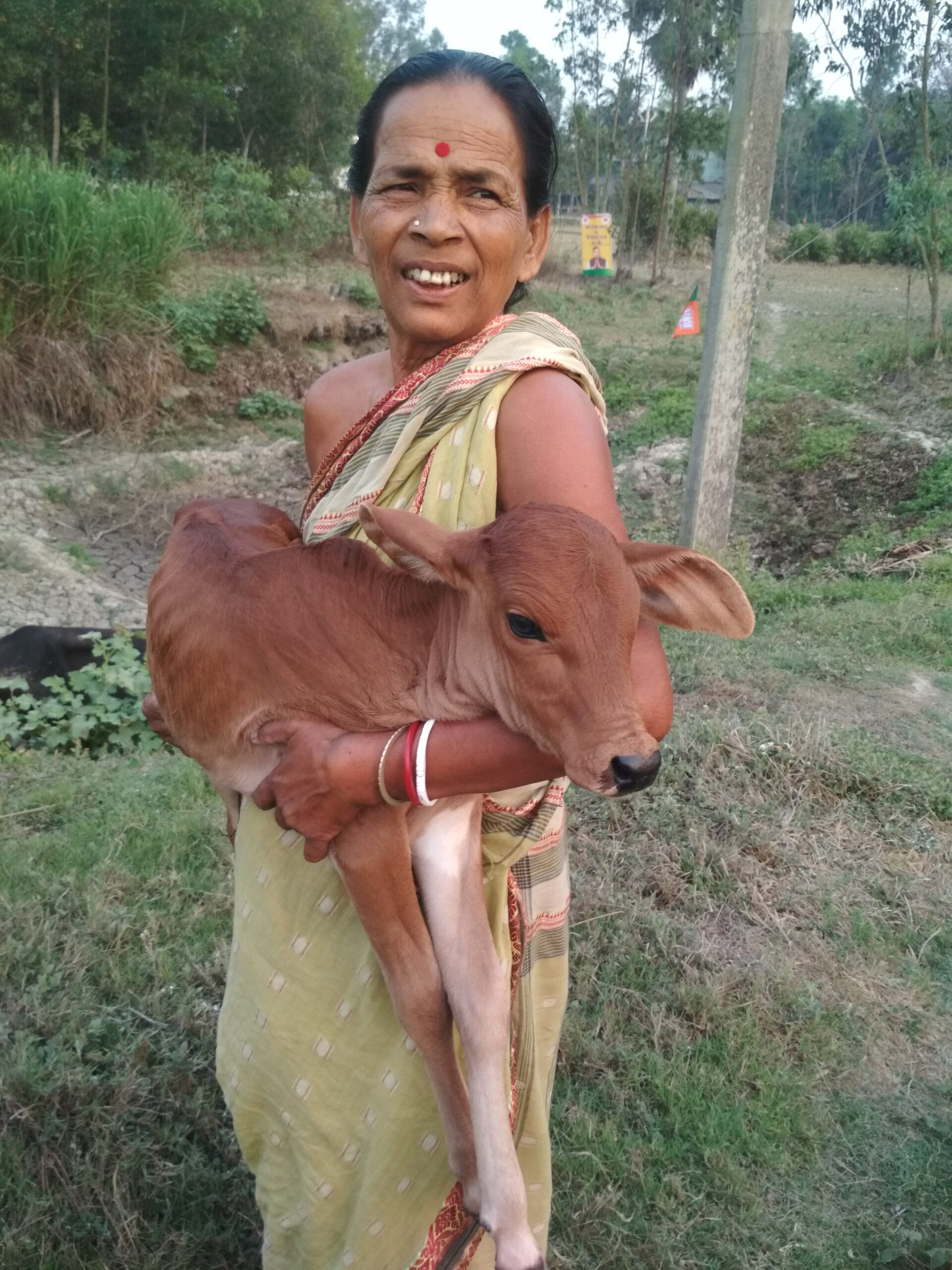
Comments are closed.